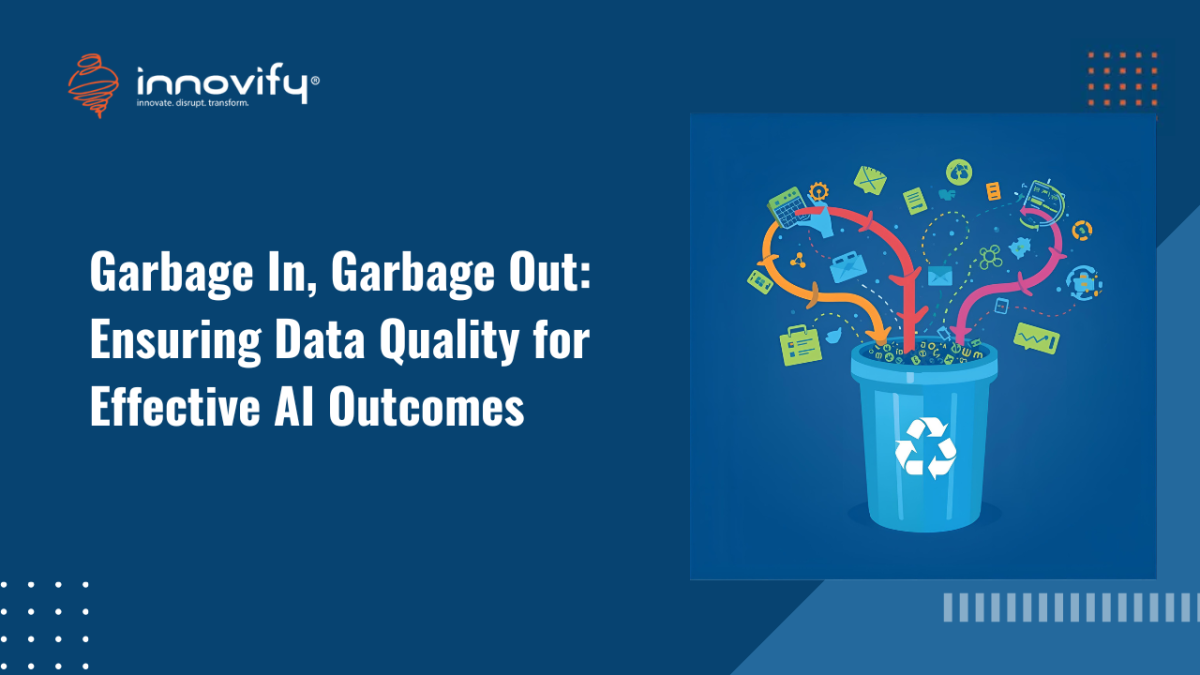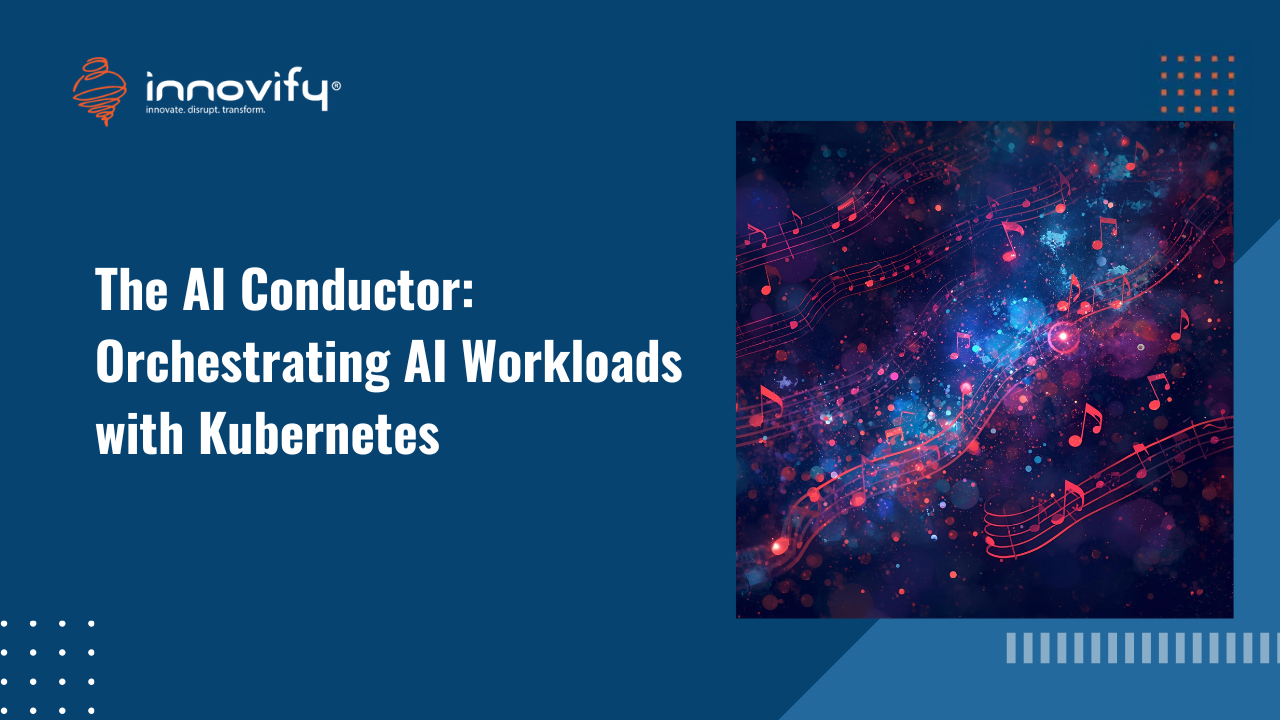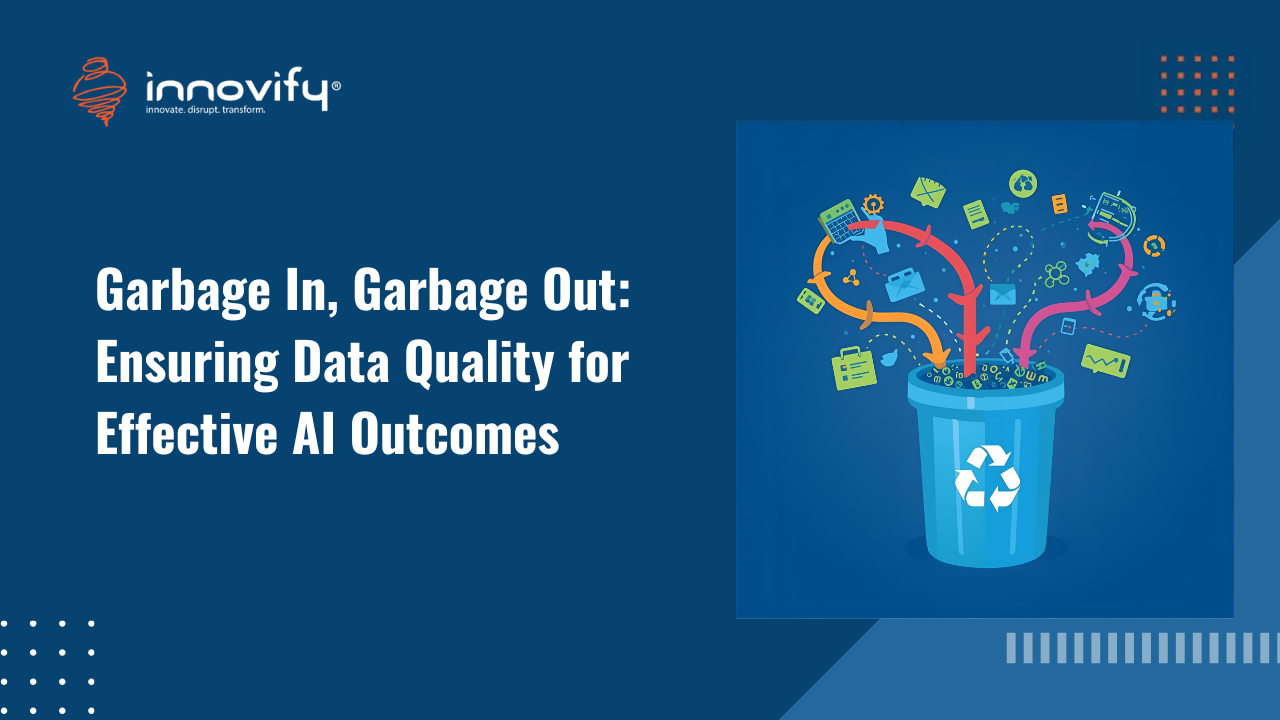AI/ML
Garbage In, Garbage Out: Ensuring Data Quality for Effective AI Outcomes
Ensuring data quality for effective AI outcomes
The maxim “Garbage In, Garbage Out (GIGO)” is the foundational, inescapable truth of Artificial Intelligence. An AI model, no matter how sophisticated its architecture, how cutting-edge its algorithms, or how immense its computer power, is only as good as the data it’s trained on. Flawed, incomplete, inconsistent, or biased data leads directly to poor predictions, catastrophic model failures in production, flawed business decisions, and massive reputational risk. Therefore, ensuring data quality for effective AI outcomes is the single most critical and resource-intensive practice for any successful AI initiative, often consuming up to 80% of a data scientist’s time. This focus must be formalized into a continuous, enterprise-wide discipline.
The Three Dimensions of Data Quality for AI
Data quality for AI extends far beyond simple accuracy; it involves the statistical and ethical fitness of the data for the specific machine learning task. Three key, interconnected dimensions must be rigorously addressed across the entire data lifecycle.
1. Completeness and Consistency
Data must be whole and uniform for a model to learn stable, reliable patterns.
- Handling Missing Values: Incomplete data is a pervasive challenge. Missing values in critical features can introduce bias or force the model to make wild guesses. Decisions on how to handle missing data—through simple imputation (replacing missing values with the mean/median) or advanced techniques – must be documented, rationalized, and applied consistently across the training dataset and the live production serving environment. Inconsistency here leads to training-serving skew, a primary cause of model failure.
- Normalization and Standardization: Data sourced from different systems (silos) inevitably uses different formats, units, or terminologies (e.g., “NYC” vs. “New York, NY” vs. “New York City”). Data consistency involves rigorously standardizing this heterogeneous data. This includes standardizing date/time formats, converting currencies, and normalizing feature scales (e.g., ensuring all input features fall within a similar range). Failure to standardize forces the model to waste complexity on learning data noise rather than identifying predictive signals.
- Schema Validation: Every data input into the training pipeline and the serving pipeline must adhere to a strict, defined schema. Automated data validation checks are necessary to proactively identify and block data that is outside the expected range, contains unexpected data types, or violates established business rules.
2. Accuracy and Timeliness
The data must not only be consistent but also factually correct and current enough to be relevant.
- Labeling Accuracy and Quality Assurance: For supervised learning (the majority of enterprise AI), the quality of the labels (the target variable or desired output) is paramount. If human annotators misclassify examples (e.g., mislabeling a fraudulent transaction as legitimate), the model will learn those errors and perpetuate them at scale. Continuous label quality assurance (QA), involving inter-rater reliability checks and active learning strategies to focus human review on ambiguous cases, is essential.
- Data Timeliness and Concept Drift: The world is constantly changing, and therefore, the data used to describe it is perishable. If the training data is old, it may not reflect current user behavior, market dynamics, or operational processes. Data timeliness is crucial to prevent concept drift, where the underlying relationship the model is supposed to predict changes over time (e.g., a recession fundamentally alters the factors that predict loan default). Training pipelines must incorporate mechanisms to manage and periodically update data to reflect the current reality.
- Detecting Outliers and Anomalies: Automated processes are required to detect extreme outliers or data points that are clearly errors (e.g., a user’s age listed as 200). These points can severely skew model training, requiring a systematic approach to identify, log, and either correct or remove them.
Best Practices: Operationalizing Data Quality for AI
Establishing a culture and framework for data quality requires moving beyond one-off cleaning efforts toward a continuous, integrated ModelOps approach.
3. Centralized Management: Data Governance and the Feature Store (Approx. 150 Words)
- Data Governance and Stewardship: Data quality cannot be the sole responsibility of the Data Scientist. Organizations must appoint Data Stewards responsible for the quality, lineage, and compliance of specific high-value datasets. Centralized data governance policies must define clear quality metrics, ownership, and audit standards for all data used in AI applications.
- The Centralized Feature Store: This is a critical piece of infrastructure for scaling data quality. A Feature Store acts as a single, curated, and versioned repository for all pre-computed features. Its primary benefit is to ensure that the features used for training the model are identical to the features used for serving (real-time prediction). This eliminates training-serving skew and ensures feature consistency across all models and teams.
4. The Ethical Dimension: Bias and Representativeness
- Data Bias and Fairness: Data quality is an ethical issue. If the training data disproportionately represents certain demographic groups, geographic regions, or behavioral patterns, the model will inevitably inherit and amplify those biases. This leads to unfair, discriminatory, and non-compliant outcomes (e.g., an AI hiring tool systematically underrating women). Rigorous data quality includes auditing data bias and ensuring representativeness.
- Auditing and Visualization: Data scientists need robust visualization tools to quickly inspect data distributions, audit labels, and understand data lineage. Tools that allow for slicing and dicing the data by sensitive attributes (like race or gender) are essential for proactively identifying and mitigating embedded biases before the model is ever deployed.
By embedding data quality as a continuous, collaborative discipline – governed centrally and automated via MLOps tools like the Feature Store – organizations can move beyond the GIGO problem and unlock the true, reliable potential of their AI investments.
Ready to professionalize your data quality management for AI? Book a call with Innovify today.




